Core Competency #1: Conceptual and Contextual Frameworks on Disability
Video: Core Competency #1: Conceptual and Contextual Frameworks on Disability
The audio in this video describes all relevant visual information. Audio description is not needed for this video.
What is Audio Description?
When Audio Description (AD) is enabled, descriptive language narrates what is on the screen. To learn more, visit our accessibility webpage.
Video Player Help
Kaltura Video Hosting: This website uses Kaltura, a video hosting company, to serve video content. If you are having difficulty viewing videos on this site, it may mean that your location (e.g., school district, organization) is blocking or filtering the Kaltura website. Please contact your IT personnel to resolve this issue.
Accessibility: We strive to make this website accessible for all users, including people with disabilities. To learn more visit our accessibility webpage.
Captions / Transcript
After hitting play you can access an interactive transcript for this video by selecting the Show Transcript icon![]() in the top right corner of the video when you select play.
in the top right corner of the video when you select play.
You can turn on captions by selecting the Enable Captions icon![]() in the bottom right corner. Captions can also be turned on by selecting the Settings icon
in the bottom right corner. Captions can also be turned on by selecting the Settings icon![]() , where you can also set your caption preferences.
, where you can also set your caption preferences.
When available, you can use Spanish subtitles for this video by selecting Settings![]() and choosing Spanish in the Captions drop down menu.
and choosing Spanish in the Captions drop down menu.
Kara Ayers, PhD
Disability can be considered in multiple contexts beyond the medical cause and its implications, and these contexts may be relevant to patients with disabilities. Learners should recognize multiple conceptual frameworks of disability and understand that disability exists within a socio-historical context.
Learning Objectives
After completing this training, attendees will:
- Acquire a conceptual framework of disability in the context of human diversity, the lifespan, wellness, injury, and social and cultural environments.
- Compare and contrast disability and disease using the Medical, Social, and World Health Organization International Classification of Functioning models and recognize their application to health care of people with disabilities.
- Describe the civil rights and independent living history of people with disabilities and their access to services. Understand how such history has both informed current thinking and improved access to care and equal rights for people with disabilities.
- Connect how social determinants of health directly impact people with disabilities (e.g., discrimination, employment, education, transportation, housing, poverty, access to healthcare).

This event will be offered in English with ASL interpretation and live transcription.